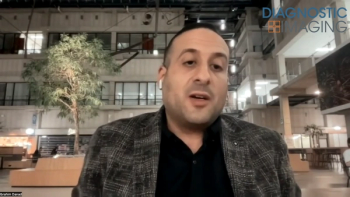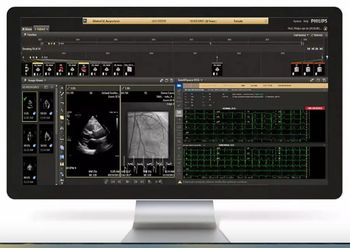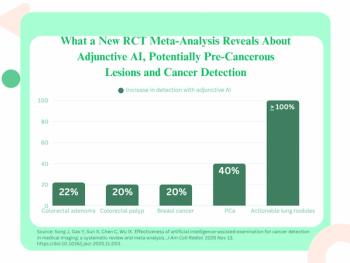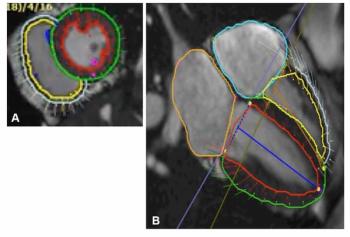
Functional MRI measures effects of liver treatment
Interventional radiologists brought in palliative and potentially curative treatments for liver cancer. They are now also offering new ways to assess the effectiveness of these therapies.
Interventional radiologists brought in palliative and potentially curative treatments for liver cancer. They are now also offering new ways to assess the effectiveness of these therapies.
In January, researchers at Johns Hopkins University published results of a seminal study on the use of diffusion and perfusion MRI to confirm the effects of transarterial chemoembolization (TACE) on liver metastases from gastroenteropancreatic neuroendocrine tumors.
The study led by Dr. Eleni Liapi, a researcher for the Russell H. Morgan Department of Radiology and Radiological Sciences at Hopkins, showed that a combined anatomic/functional assessment with contrast-enhanced MR and diffusion-weighted imaging could quantitatively document TACE's effect. The study also highlighted that fMRI could suggest when further therapy would be necessary (AJR 2008;190[1]:67-73).
Two studies came on the heels of the Liapi trial to validate the application for not only metastatic but also primary liver tumors. In the first, Northwestern University researchers used 1.5T gadolinium-enhanced T1-weighted MR and DWI to assess 21 patients with TACE-treated hepatocellular carcinomas. Patients underwent intra- and postprocedural imaging and follow-up at one and three months. The investigators found that DWI detected changes in tumor activity shortly after treatment began and that these changes helped anticipate TACE effects two months before they became evident on standard MRI.
In a second study, another investigative team at Johns Hopkins, led by interventional radiology fellow Dr. Josephina A. Vossen, evaluated 19 patients with unresectable primary and metastatic liver tumors treated with TACE. These patients underwent unenhanced/contrast-enhanced MRI and MR spectroscopy before and after a single treatment.
The investigators found that 11 patients who reacted positively to chemoembolization therapy showed a loss of choline peak on MRS, a significant increase in apparent diffusion coefficient values, and a significant decrease in tumor arterial and venous enhancement. Patients who did not react to TACE had stable choline concentration, tumor enhancement, and apparent diffusion coefficient values.
Both studies were released at the 2008 Society of Interventional Radiology meeting in Washington, DC.
Hepatocellular carcinoma is among the top three killer cancers worldwide and merits consideration as a chronic disease in the developed world. Functional MRI could become an invaluable tool for directly assessing tumor response to emerging image-guided treatments, said Dr. Jean François "Jeff" Geschwind, director of vascular and interventional radiology at Johns Hopkins Hospital in Baltimore.
The medical oncology community has to face the prospect of not being able to use tumor size as the most relevant way of measuring tumor response, particularly after the emergence of new targeted chemotherapeutic agents, Geschwind said.
"Tumors do not shrink when treated with this new type of drugs," he said.
Newsletter
Stay at the forefront of radiology with the Diagnostic Imaging newsletter, delivering the latest news, clinical insights, and imaging advancements for today’s radiologists.


























